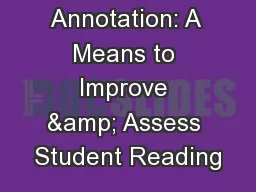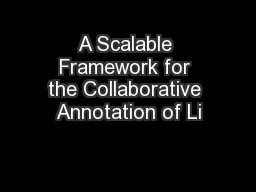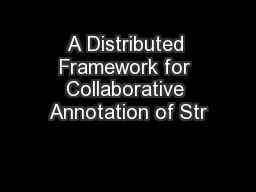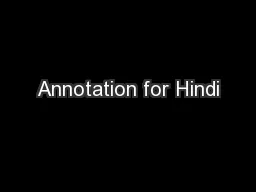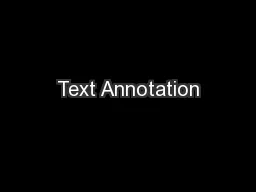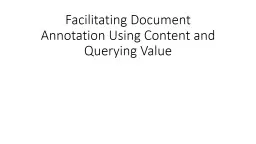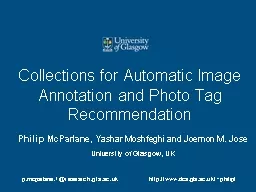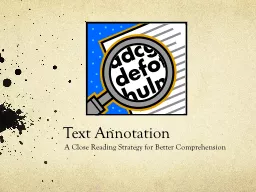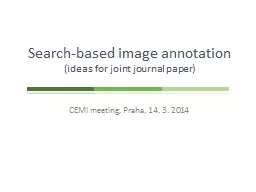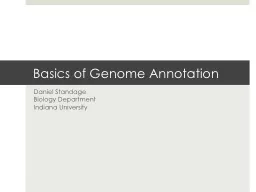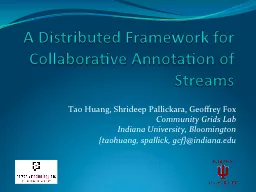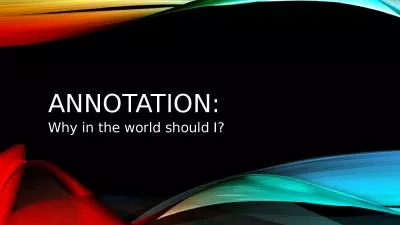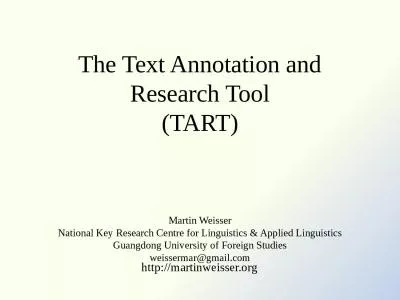PPT-Annotation: A Means to Improve & Assess Student Reading
Author : kittie-lecroy | Published Date : 2018-01-20
Loralee ChevoneGarrett and Beth Dibble ANNOTATION IS NOT A coloring assignment A detailed analysis Exact or correct Busy work Teachercentered WHAT IS ANNOTATION
Presentation Embed Code
Download Presentation
Download Presentation The PPT/PDF document "Annotation: A Means to Improve & Ass..." is the property of its rightful owner. Permission is granted to download and print the materials on this website for personal, non-commercial use only, and to display it on your personal computer provided you do not modify the materials and that you retain all copyright notices contained in the materials. By downloading content from our website, you accept the terms of this agreement.
Annotation: A Means to Improve & Assess Student Reading: Transcript
Download Rules Of Document
"Annotation: A Means to Improve & Assess Student Reading"The content belongs to its owner. You may download and print it for personal use, without modification, and keep all copyright notices. By downloading, you agree to these terms.
Related Documents

